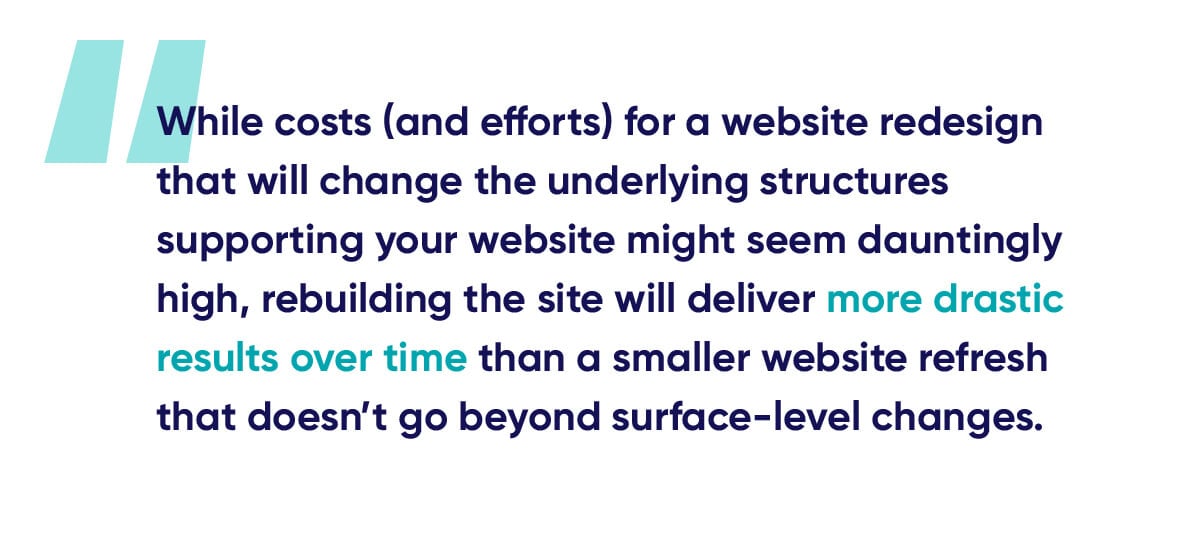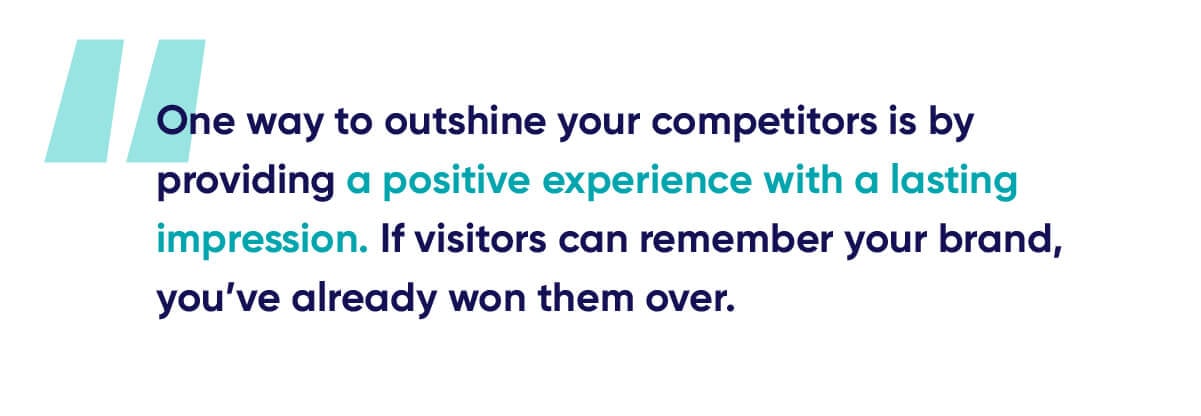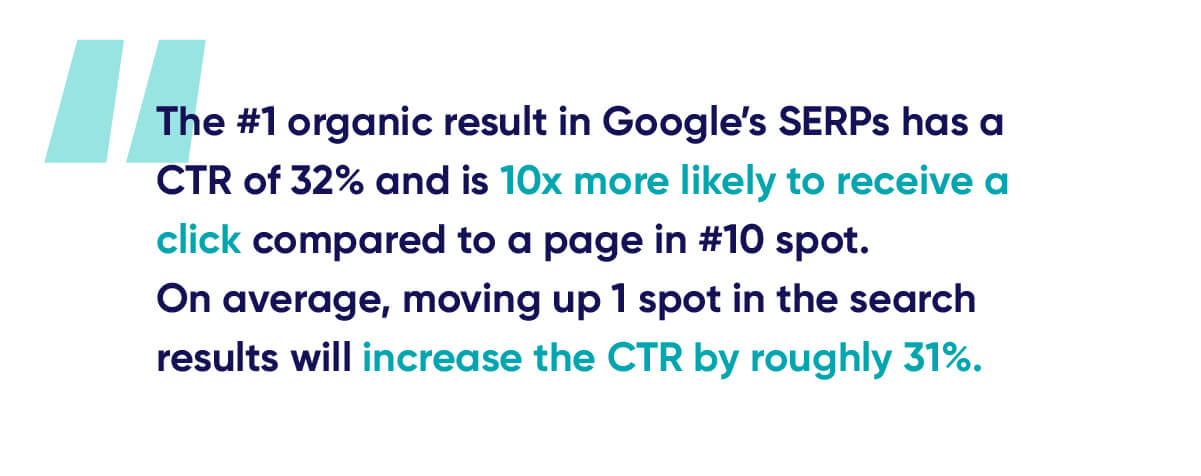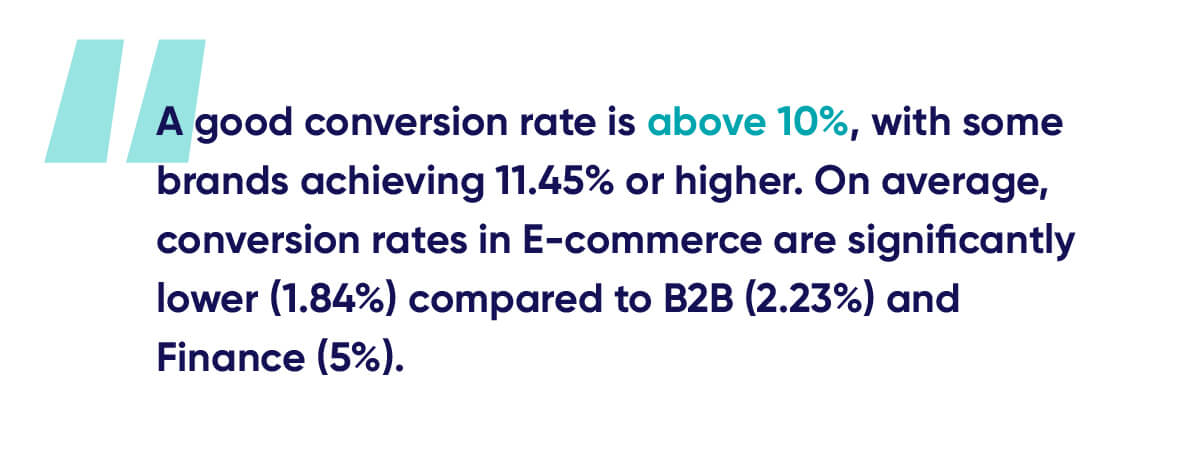Your website is the single most impactful digital marketing tool you have, standing head and shoulders above all other channels – social media marketing, content marketing, email marketing, traditional outbound activities, printed media, and other marketing materials. Why?
Every digital marketing effort around your business points directly to your website.
No matter where prospects discover your business – in a post on social media or an online article, by recommendation from a colleague or just through browsing the internet – they will come to your website to have a look and validate. Considering that visitors will judge within 0.5 seconds whether they like your website’s look and feel (and want to do business with you) or hit the back button, a great website presence can have a significant impact on your pipeline – and business revenue.
As 94% of first impressions of a website are purely based on its instant aesthetics, having a website that’s living up to your visitors’ expectations when it comes to form and function is mandatory to not lose out on sales. 73% of companies invest in website design to improve their brand and outpace competitors, so if your website looks and works like it was built in 1990, it’s time for an update.

In this blog post, you’ll learn more about the benefits of a website redesign for your business’ bottom line, and how you can measure the success of your efforts.
The return of investment (ROI) of your website redesign
Once you’ve made the leap and decided to pour dollars into a website redesign, it’s time to calculate the profit you can expect from it. Like any return on investment calculation, the ROI of your website makeover is based on the money and hours spent, and the results it drives.
Let’s take a look at both.
The costs of a website redesign
Before calculating your website ROI, estimate the overall price tag of your website redesign efforts. Make sure to identify all cost factors from the get-go to avoid nasty surprises further into the project.
In any case, your calculation should include all initial project costs as well as the money you’ll spend on site maintenance over time. Principally, the price of a website redesign directly relates to the total time it takes to build it – as there are no material costs, the project fee reflects the time required for design, programming, content, and communication along the way.
Whether handled by an external agency or in-house, it’s a good idea to work closely with the design and content team to line out all expected costs by defining project goals, expectations, and the overall timeline.

Here are the major cost factors you should consider when planning a website redesign:
- Project management: Who will manage the project? Who will be involved and provide feedback?
- Design: Is it a complete overhaul or smaller brand refresh?
- Programming: Are the features off-the-shelf or custom-built? How complex is the site’s functionality?
- Teams: How experienced are the people (developers, designers, content writers) involved?
- Content: How much novel content is required? Any new visuals (video, photography) that need to be created?
When should you redesign your website?
If you’re uncertain whether your website needs a redesign from the ground up quite yet, addressing the following questions can help you make a decision. If you answer yes to any of them, you may want to invest in a website makeover.
- Have your value propositions and target audience changed?
- Is your website’s technology outdated?
- Does your website take too long to load?
- Is the website experience lacking on mobile?
- Are conversions declining?
|
Wrong reasons for a website redesign |
Right reasons for a website redesign |
|
“We’ve updated our brand colors.” |
“We want more people to find us.” |
|
“We haven’t had a redesign in over a year.” |
“We want to turn more visitors into customers.” |
|
“Our new CMO says so.” |
“Our current website is not mobile-friendly.” |
|
“We’ve just hired a new web developer.” |
“We want to improve user experience.” |
|
“Our competitor’s website looks prettier.” |
“Our website is built on old technology.” |
|
“Our bounce rate is too high.” |
“We fail to create credibility with the current website.” |
|
“We’re switching over to a new CMS.” |
“We want to improve SEO and site performance.” |
|
“We want something cooler.” |
“We want to increase website security.” |
The benefits of a website redesign
As with any type of significant business investment, you’ll evaluate the need for a website redesign and whether it’s worth the effort based on the results it will drive.
A website makeover can contribute to your business in different ways. Although the ROI of your website redesign can’t be measured in dollars alone and there’s no one-size-fits-all metric to measure its success, there’s a plethora of business benefits you stand to gain with updating your online presence from the roots up.
Here are five key wins that help you justify your website redesign expenditure.
Driving brand awareness
Brand awareness refers to consumers’ ability to recall and recognize a brand. Becoming synonymous with the services and products a business offers, brand awareness helps drive people’s buying decisions and encourages repeat purchases. Although investing in brand visibility won’t produce a spike in conversions overnight, keeping your business top of mind with your target audience will help reinforce trust in your services and products over time, resulting in an increase in market share and incremental boost in sales.
An aesthetically pleasing, well-working website is your single most important asset for promoting brand awareness. It’s the first impression of your brand – if it flaunts an outdated design or provides a confusing user experience, visitors will turn away without taking the time to learn more about your business. A website redesign gives you the opportunity to take a step back and ensure your brand is providing a positive online experience that helps shape brand identity and drive awareness for maximized business outcomes.

Improved search engine rankings
An optimized site experience means it’s optimized for search, which will help your business move up in Google’s search results and grow organic traffic. The most beautifully designed website won’t be worth your efforts if people can’t seem to find you online.

SEO is not a one-off project – it’s a continuous, ever-evolving process requiring your constant attention. Although it offers impressive ROI, SEO won’t work instant wonders. As it can take up to six months until results start to show, it’s likely SEO tasks get pushed aside for more pressing business goals. Just like revisiting your brand identity, a website redesign is a good opportunity to tackle any SEO shortcomings to bring your website up to speed for optimized user experience.
A great website can help attract more backlinks, which can give your business a strong push for even higher Google rankings and additional referral traffic.
More leads and conversions
Whether you want visitors to share their email address or phone number, prompt them to schedule a demo, make a purchase, or sign up for an online event – turning prospects into customers is the primary goal of any business website. When you plan for a website redesign, you should design every aspect to optimize this effort.

Your website is your biggest lead magnet. How visitors view your brand when they land on your website has a significant impact on how likely they are to perform an action – and become a lead. A website redesign gives you the possibility to create a website that delivers a truly positive customer experience, helping turn visits into leads and, ultimately, conversions.
Increase revenue and reduce costs
A strategically planned website redesign will help your business drive brand awareness, boost search engine rankings, turn visitors into customers – and maximize your business’ bottom line. But do you know that it can also help reduce your expenses?
Often, it’s more cost-effective to implement an entire website redesign than fixing functionality issues and adding more features over time. To cut costs of missed opportunities and lost revenue, it’s usually better to go with a complete makeover and get a fresh start rather than pasting a bunch of cosmetic band-aids to an old, clunky website. Plus, a new website built on modern technology may run much more efficiently, taking up less space on your server and operating smoother for all your visitors.

